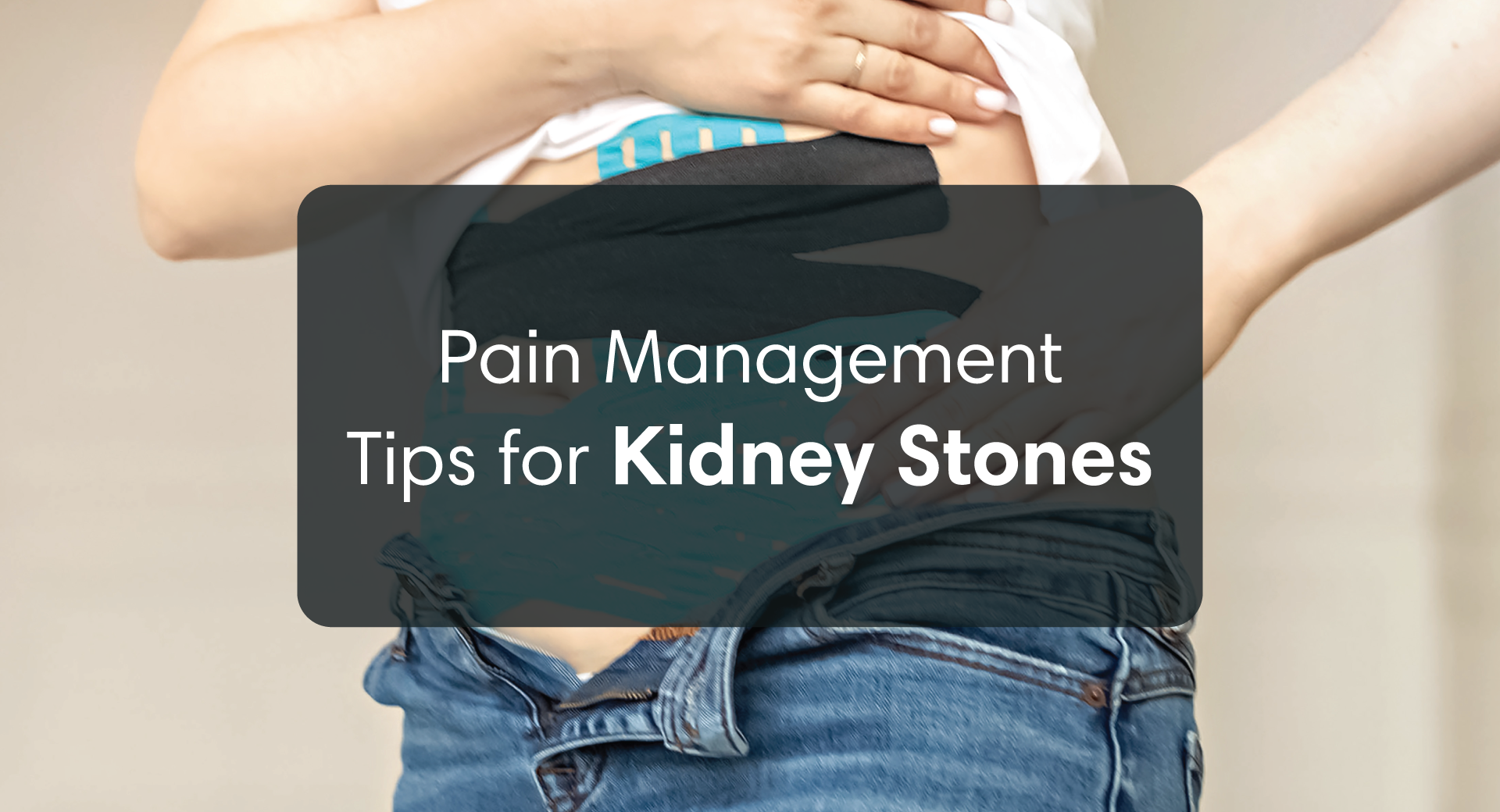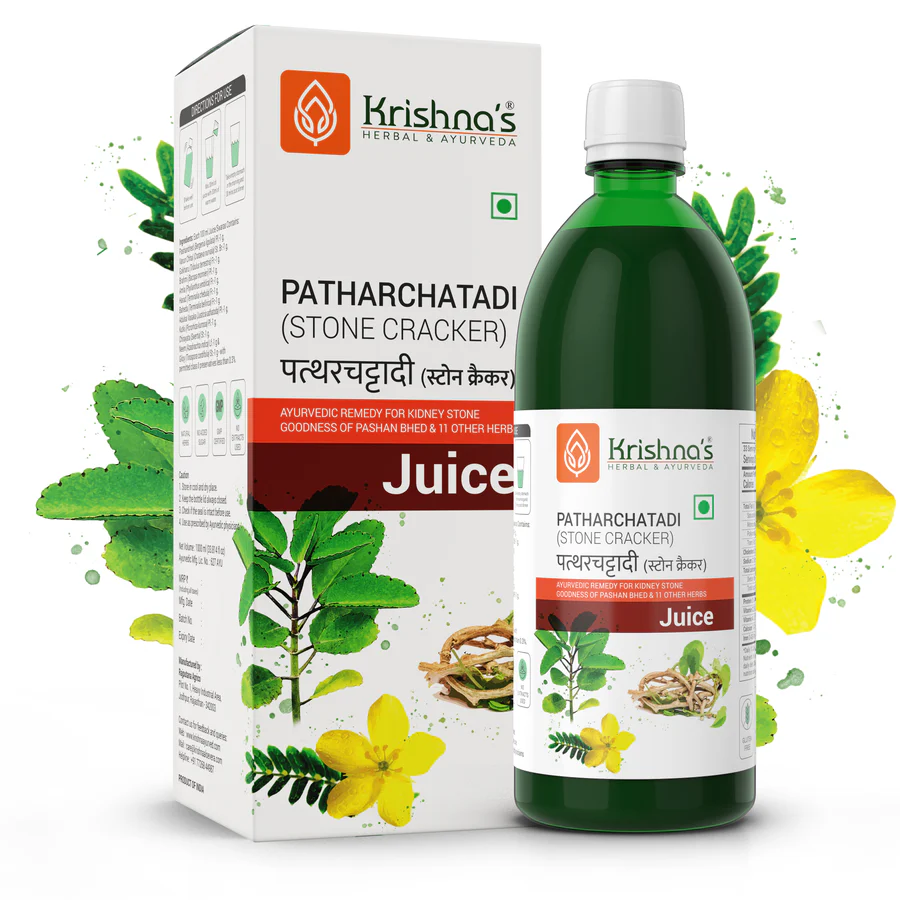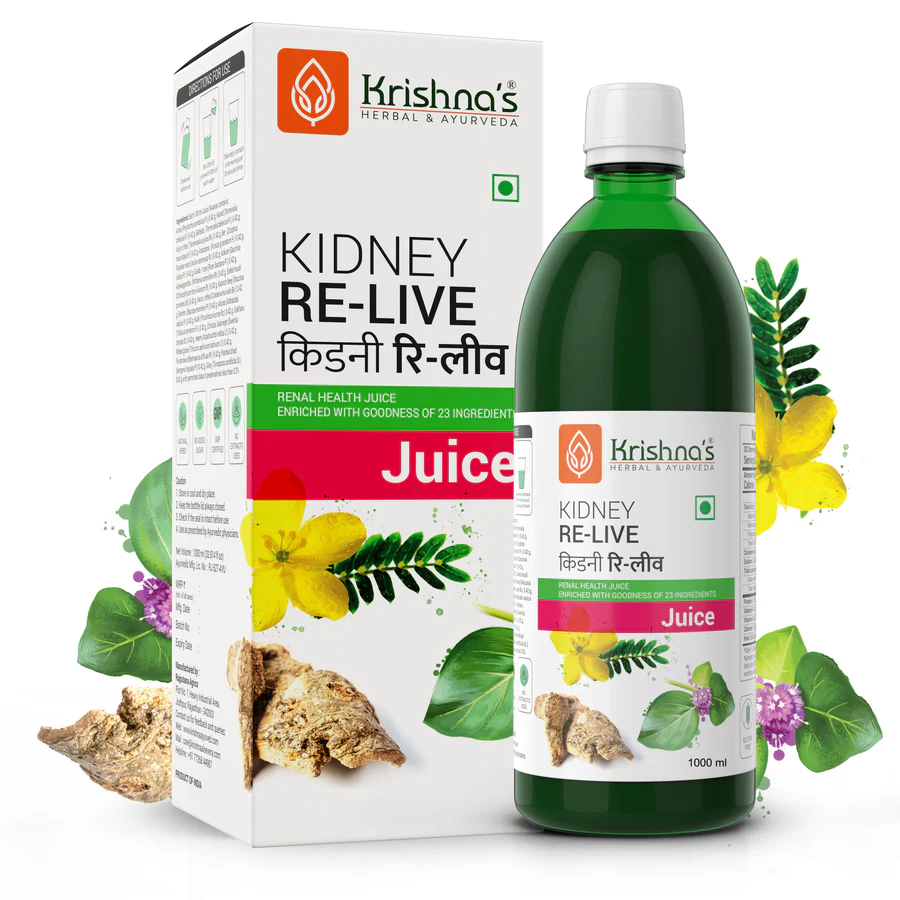“At five in the morning, I felt like someone was twisting a knife in my back and punching me in the stomach at the same time. I was in so much pain that I could hardly breathe,” — the words of a kidney stone patient.
The severe pain caused by kidney stones is called renal colic in medical terms. Many women describe the pain as just as painful as giving childbirth.
Imagine a sharp stone trying to push through a small, sensitive tube in your body. That’s what happens when a kidney stone makes its way down the ureter to the urinary bladder.
The excruciating pain that a kidney stone can cause, no doubt one would want to avoid this experience. Stay tuned as we discuss the best pain management tips for kidney stones.
Why Does The Pain Occur?
Kidney stones are small, hard masses that form in the kidneys when the urine contains too much of minerals, salt, and other waste but less fluid to dissolve them.
Over time, unless they are flushed out through the urine, the small crystals of these substances stick together with other waste materials to form a stone that can be as small as sand, as large as a pearl, or even larger.
The most common type of kidney stone, making up about 80% of cases, is the calcium stone, which is mainly composed of calcium oxalate. Other types of kidney stones include uric acid stones, struvite stones, and cystine stones. Interestingly, a person can have stones made of different types of crystals.
Read more about different types of kidney stones.
No matter what the stone type is, they have to travel through the urinary tract which consists of the kidneys, ureter, bladder, and urethra to exit your body.
If the stone becomes larger in size, the chances of causing pain accompanied by other symptoms, like frequent urination, blood in the urine, severe back pain, fever and chills, foul-smelling or cloudy urine, and vomiting, increase. On the other hand, a smaller stone may pass through your urinary tract quite easily without causing any pain, and you might not even realize you had one.
So the question here is, why does it have to be so painful?
The pain happens mainly because of the pressure and irritation of the kidney stones as they travel from the kidney to the bladder for removal. Passing a kidney stone generally happens in stages— Initially, when the stone begins to move from the kidney into the ureter (the tube connecting the kidney to the bladder) it mostly causes sharp pain in your side or back.
As the stone moves down and reaches the bladder (organ in which urine is stored), the pain often becomes less intense. At this stage, you might feel pressure in your bladder instead of the sharp pain.
Finally, the stone moves from the bladder through the urethra (the tube that carries urine out of the body). This last step can still be uncomfortable, but it usually doesn’t last long.
The whole process of passing a kidney stone can take anywhere from 2 to 3 weeks. If the stone is larger, it might get stuck in narrow passages causing blockage, pressure buildup, and intense pain.
Kidney Stone Pain Management Tips
1. Let the Stone Break Loose and Travel Through Your Urinary Tract Easily!
Now that you understand kidney stones a little better, it’s important to know that the pain you feel largely depends on the size of the stone. Smaller stones can often pass more easily, but if the stone is large, it has to be broken down by procedures like Shock Wave Lithotripsy (SWL), ureteroscopy, and other surgical procedures.
If you’re looking to avoid such invasive techniques and want to remove the stone easily, here is what you can do:
Drink Plenty of Water
Staying hydrated is key! The general rule of thumb is to drink 8 glasses a day, but if you have kidney stones, you should drink even more. Proper hydration helps flush out the stones and makes it easier for them to travel through your urinary tract and to obtain kidney stone pain relief.
Sufficient fluid also prevents kidney stones from forming in the future. If you find it difficult to drink plain water then add some lemon juice to it. It will make your water more palatable and at the same time, the citrate compound present in lemon will help to break down the deposits and slow their growth.
Use Ayurvedic Solutions
Consider using Ayurvedic products like Krishna’s Patharchatadi Swaras for kidney stone pain relief. This formulation is made from pure herbs that have properties that help break down the stone into pieces for easier removal. The herbs also improve the functioning of your kidneys, which is an added benefit.
Other products recommend for kidney health:
2. A Little Warmth Can Work Wonders!
Heat therapy can provide you with some comfort when it comes to kidney stone pain relief. The muscles in your urinary tract may spasm in response to the stone’s presence. These spasms can lead to additional pain and cramping sensations, making the experience even more uncomfortable. The warmth helps relax those muscles and ease out the cramping and reduce pain.
You can either take a hot bath or shower or apply a heat pack to your lower back or abdomen for about 15-20 minutes. Make sure the heat source is warm, not too hot, to avoid burns and give your skin a break in between uses. Also, do not forget to keep sipping fluids to stay hydrated and support your kidneys in flushing out the stones.
3. Get Your Body Moving!
For most people, engaging in gentle movements like walking, and stretching can actually support the body in passing those stones. The movements help in improving the blood circulation to the kidney which provide kidney stone pain relief. Just be sure the movements are gentle and you do not overexert yourself.
4. Medications for Quick Pain Relief
For immediate kidney stone pain relief, medications can be very helpful. Over-the-counter painkillers or another medication that your doctor has prescribed reduce inflammation and ease pain. Mind you the medicines you take should be prescribed by a doctor, they can provide better guidance and suggest the correct dosage and drugs that help to relax your ureter and make it easier for any type of stones to pass out more quickly and less painfully.
Seek Immediate Help When in Need!
These pain management tips can provide kidney stone pain relief, but if you have extreme discomfort that you can’t even sit still, or if the pain is accompanied by fever and chills (above 101 degrees Fahrenheit) in addition to other symptoms like passing thick bright red or clot-filled urine or difficulty urinating, head to your nearest local emergency department as early as possible.













